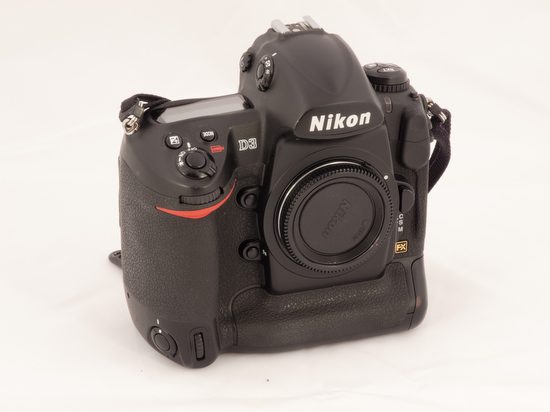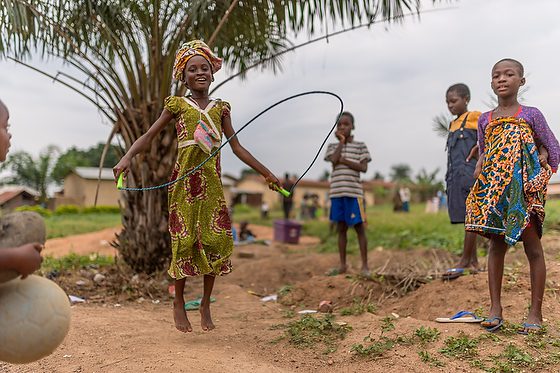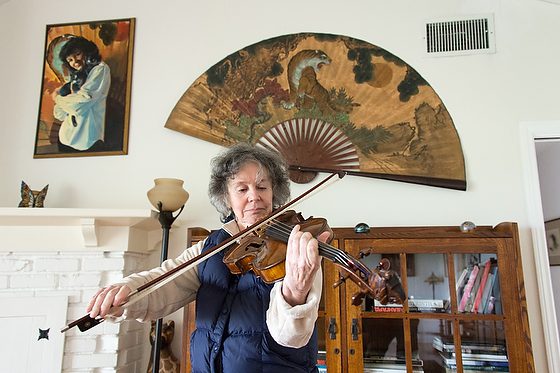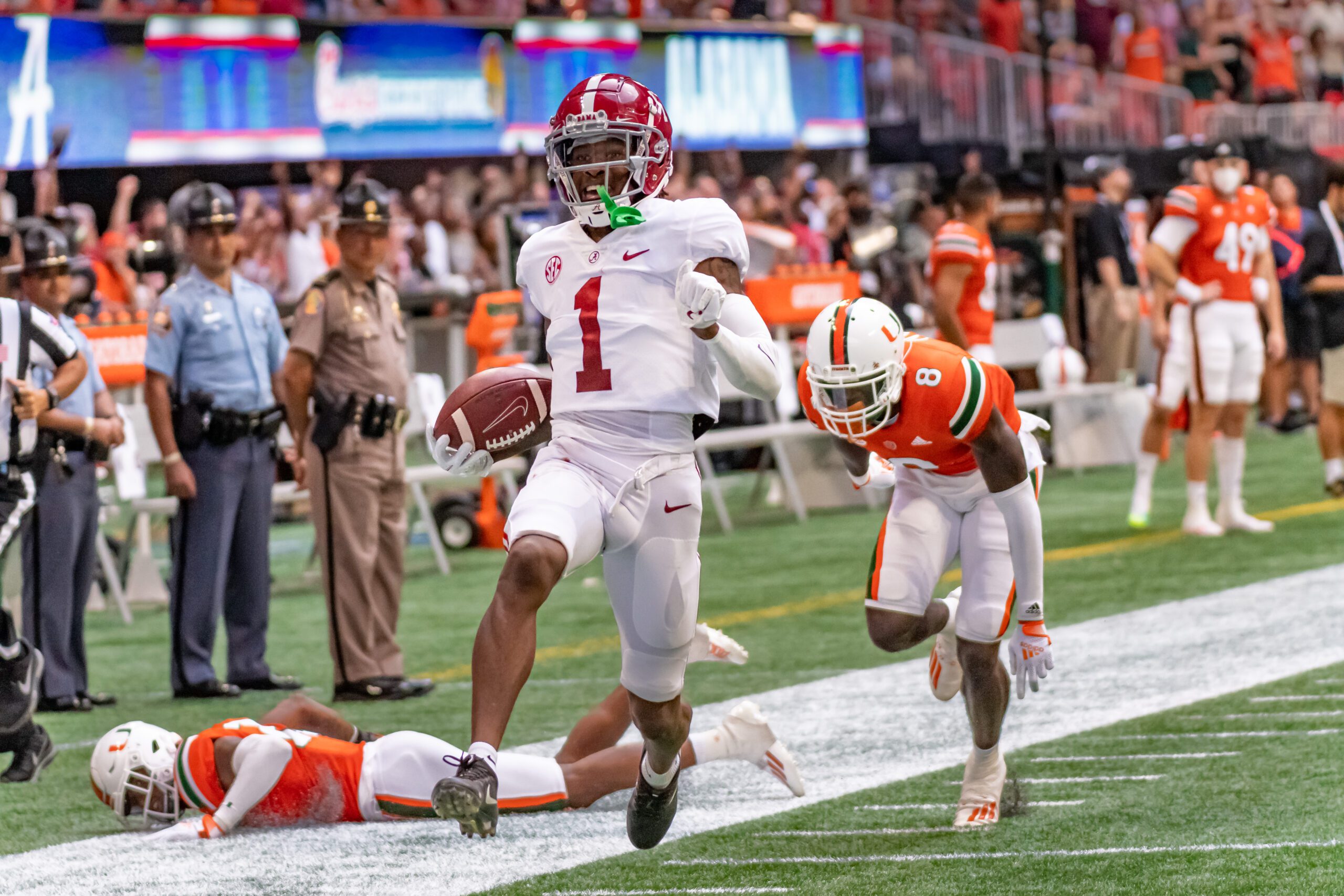2021 Chick-fil-A Kickoff Alabama vs Miami [NIKON D5, Sigma 120.0-300.0 mm f/2.8 Sport + TC-2001 2X Converter, Mode = Aperture Priority, ISO 6400, 1/4000, ƒ/5.6, (35mm = 250)]
Sure we love to take photos, and even traveling to exotic locations is incredible. Why would someone pay you to do that for them, rather than just traveling and taking those photos?
The difference is one of those scenarios is all about YOU, and the other is about your CLIENT.

Editor’s note: I am sorry that this is so long. I was struggling with how to make this shorter. Hopefully, when you read this, it will spark you to have some great ideas for your clients. That was my goal.
My clients are hitting the same wall I was hitting back when digital photography finally became affordable for everyone.
I had cut my teeth in professional photography, shooting sports for newspapers, magazines, colleges, and professional sports teams.

The cameras had gotten so good that it was feasible to go to a camera store, buy your gear, and show up on Friday night or Saturday to a football game and get reasonably good photos. The exposures would be OK, and the focus would be OK. If it were not suitable, you could look at the LCD and change the camera settings. In the past, you wouldn’t know if you were exposing correctly or in focus until you looked at the film.
Working at Georgia Tech, I saw this happening faster than in other places because the alumni of the school were more prone to enjoy the technology of photography. Soon we had the sidelines filled with photographers shooting for free to access the games.
While I still get called to shoot sports and am paid, the field is so over-saturated that few people can do living shooting sports compared to before the digital revolution that took place from 2002 to 2007.

One of the ways I stayed competitive was through my skills with lighting.
However, the year that was the most pivotal in our society, impacting my profession the most, was 2007.

Three things happened that year that would impact photography as nothing had for many years before that moment.
- FIRST ~ Nikon introduced the D3 camera.
This camera almost retired my lighting kit altogether. This was the most revolutionary camera that Nikon had made in my career compared to those before it.
- SECOND ~ Steve Jobs announces the iPhone.
- While it wasn’t the first smartphone, it leapfrogged far beyond the competition and launched the mobile revolution. Few industries or societies have been left unchanged. The iPhone transformed photography from a hobby to a part of everyday life.
- THIRD ~ Mark Zuckerberg’s Facebook

Zuckerberg opened it to everyone, not just college students, at the end of 2006. By 2007 the iPhone was exploding. I joined in 2007.

Facebook Changed the Way We Consume Content
While Facebook isn’t the only place we consume content, it is 3rd only to Google and Youtube. Roughly 71% of 18- to 24-year-olds credit the Internet as their primary news source.
Traditional media was losing their audience through the internet and things like Facebook News Feed, a never-ending stream of content from the people and companies you’ve connected with on the platform. News Feed never ends; in theory, users could scroll on forever, an unheard-of feature when News Feed debuted in 2006.
Now that anyone can create content and reach the world using the internet and most likely do this all from their iPhone, the audience is now oversaturated.

Some forms of media have seen a resurgence. I have enjoyed my daughter’s theater performances. Just two years ago, Lin-Manuel Miranda’s hip-hop musical broke new ground. It was different. When the musical came out, they were thinking of retiring Hamilton off the ten-dollar bill, but that musical gave life to Hamilton.

Today it isn’t easy to get someone’s attention for more than a brief second. Many covering stories around the world for NGOs have to rely on one photo and just a small caption to “entertain” the audience with an “experience” rather than having their attention enough to inform honestly.
This is why FAKE NEWS has taken place. If the audience wants something for an “experience” because they are spending more time they do not have, then it is easier for those who want to create propaganda to succeed today.
How do communications offices, public relations, and marketing get their audience’s attention?

BREAKTHROUGH
Today I am seeing a lot of mediocre communications. It is working more to do with it being “different” than better.
A few years ago, one of the most powerful things I heard that changed my approach to working was professional photographer Dave Black saying that to be successful; your photos don’t always have to be better–they have to be DIFFERENT.
Just look how we do this with text. We can bold, italicize or even change the color of the type to highlight something. This draws attention because it is different from the rest of the text.
Professional communicators are not sure what works a great deal of time today. They go to Instagram and look for those people with the most significant number of followers and assume that hiring them will translate into more followers.
Little do they know that many people with a lot of followers bought them through service, and even when they post, only a tiny percentage see a post.
Wake up
Your client is struggling to sleep as much as you are working these days. The difference is in understanding who you are serving.
When your bills are mounting up and you are in a panic, as I often find myself, you need to take deep breaths and calm yourself down. [I am not good at this either, so know I might not be the best person offering this advice, but I think I need to hear it myself]
You will soon discover that when you concentrate on meeting your needs, you will go without work. It is when you focus on how to meet the needs of others that your bills get paid. You are helping someone who needs your help and will compensate you for it.

For most of her career, my sister-in-law, Pam Goldsmith, has played as part of the orchestra for many movies, cartoons, and significant records. That group is so good that almost all the music for the film has only been played once when it was recorded. They don’t practice. The music was never played before they did so the first time, but they are those excellent studio musicians.
I mention this because we should be perfecting our craft so that when we are aware of a way to help our clients with their problems using our skills, our skills are so good that it lifts the content we produce for the client.
Be transparent
If you are thinking of ways to help your client, you need to understand their problems.
I have a client whose audience is saying stop sending me more stuff already. Just stop it with all your communications. Send us just those things that are going to help them do a better job running their business.
Too often, I have proposed interesting feature ideas to my clients. While they may be interested in maybe 1 of every 1000 ideas I pitch to them. They are more likely to be interested in 1 of every 100 or even ten views I have that will help their audience run their business better tomorrow.
Now take a moment and think about your client. If they are Amazon, Apple, or Google, do they need to be more successful? Sometimes the companies we are trying to help are having capacity issues. They are so successful that their new problems are not how to make more money but how to handle their work and still enjoy doing it every day.

Our job is to help our customers to see a brighter future. We are to be serving their best interests. If you look at some big companies, they may look like they have it all together, but you talk to them internally and see that they don’t.
If you are a photographer, videographer, writer, or producer, don’t think of what you do as producing content only. It would help if you came up with suitable content ideas that your clients need to reach their audience.

